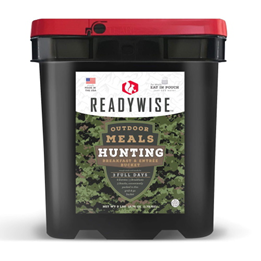Welcome to the budding world of gardening, where your harvest’s success begins long before seeds touch the soil. Whether cultivating a personal plot or embarking on an agricultural adventure, the initial steps of soil preparation and selecting the first crops are pivotal. In this article, we walk you through how to enrich your garden bed and spotlight the first crops to nurture for a bountiful harvest.
The Foundation: Soil Preparation
Test Your Terrain
Before experimenting with soil changes, understand your starting point. A simple soil test can reveal pH levels and nutrient content, providing insights into what your soil lacks or has in abundance. Kits are available at local gardening centers.
Amend and Enrich
Based on your soil test results, it’s time to modify it. For nutrient-poor or heavy clay soils, organic matter is your best friend. Compost, well-rotted manure, or leaf mold enriches the soil with essential nutrients and improves drainage and aeration. If your soil is too acidic or alkaline, adjustments can be made using lime (to raise pH) or sulfur (to lower pH).
Till with Care
Tilling helps integrate organic matter and loosen the soil, making it more receptive to new plant roots. However, over-tilling can disrupt soil structure and harm beneficial microorganisms. A gentle turn-over or even a no-till approach, where materials are layered on the soil surface, can be equally effective.
Moisture Management
Ensure your garden has adequate drainage to prevent waterlogged roots. Consider raised beds or adjust the soil’s composition to improve water flow if necessary.
The First Shoots: Selecting Your Crops
Leafy Greens
Spinach, lettuce, and kale are not only nutritious but also hardy. They can be among the first planted and harvested, often ready within weeks of planting. In some regions, these leafy greens can endure cooler temperatures, making them perfect for early spring or late winter.
Root Vegetables
Carrots, radishes, and beets can be sown directly into the prepared soil. They prefer cooler temperatures, and their underground growth is less impacted by fluctuating spring weather.
Peas
Peas thrive in cool conditions and can be planted early. They also fix nitrogen in the soil, improving it for future crops.
Herbs
Hardy herbs like parsley, cilantro, and chives can start your garden off on a fragrant note. These versatile plants are resilient and can be used in a variety of dishes.
Caring for Your Emerging Garden
Keep a vigilant eye on moisture levels as your seeds begin to sprout. Early growth is tender and requires consistent, gentle watering. Protecting your sprouts from late frosts with covers or special protectants can also ensure that a sudden cold snap does not undo your hard work.
The excitement of planting a garden is a rewarding endeavor, bringing you closer to the earth and providing a sense of achievement as you watch your crops grow. By starting with a solid foundation of well-prepared soil and choosing the right crops for early planting, you’re setting the stage for a season of abundance. Remember, gardening is a journey—each season brings new lessons and joys. Happy gardening!
____________
Wolf Survival Gear is a hub for your prepping and survival needs. We are your trusted resource for concerned families, avid hunters, or serious preppers. Make us your one-stop-shop and prepare now, before you need it later.
Written by the digital marketing team at Creative Programs & Systems: www.cpsmi.com






